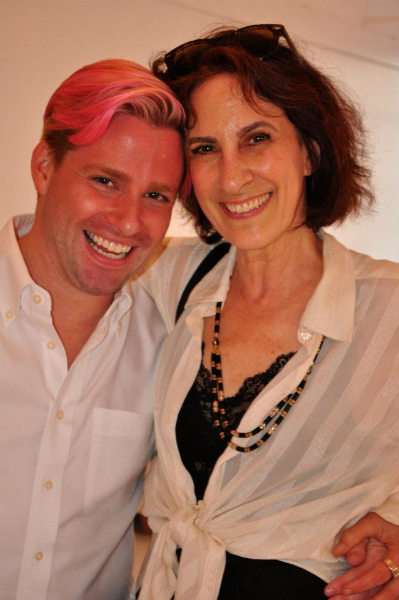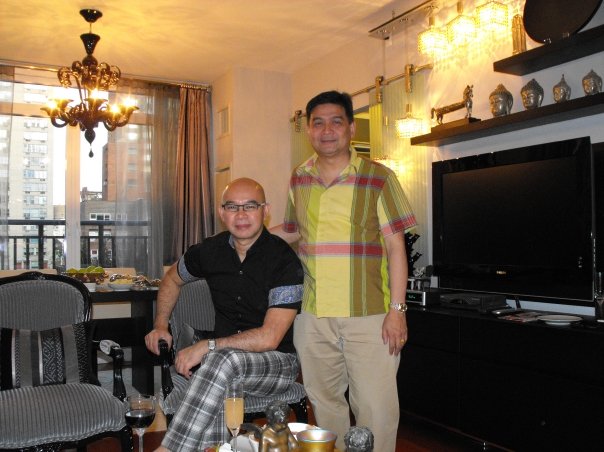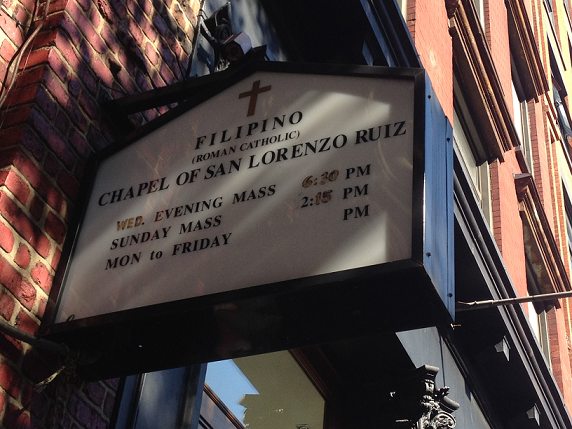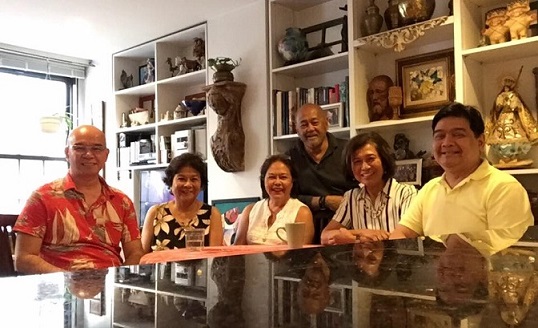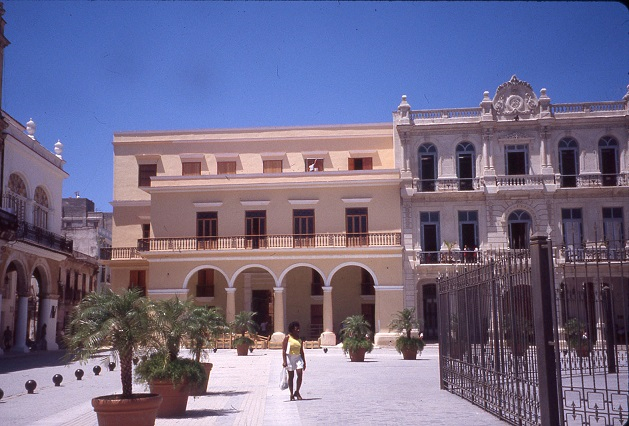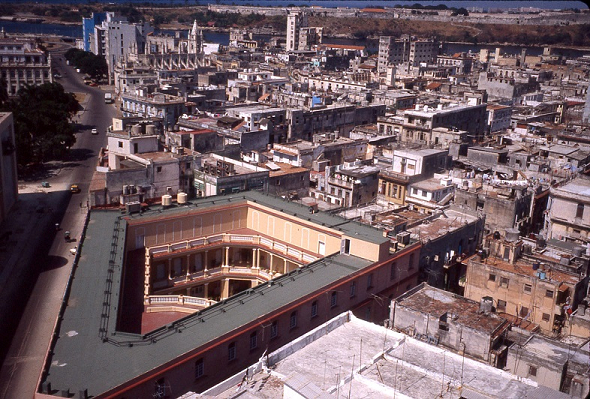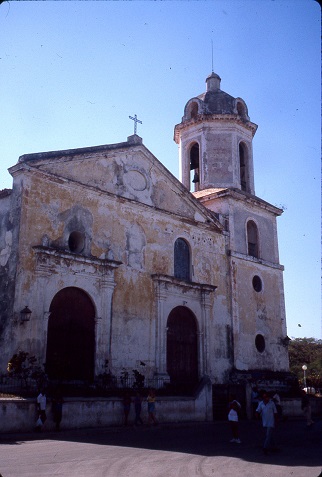Cuba and the Philippines are sister countries by heritage
By Roz Zacarias LiThe restoration of diplomatic relations between the United States and Cuba will give Filipino Americans the opportunity to get to know Cuba first-hand, this country which I consider to be a sister country of the Philippines.
Cuba and the Philippines have shared heritage – both former colonies of Spain for centuries and both independent republics under the influence of the United States for many years after Spain. To visit Cuba feels a lot like going home to the Philippines. Even the climate and the vegetation are similar.
My dream of visiting Cuba was realized in 2001, when I was invited as part of a delegation of architects, planners and preservationists organized by the New York Landmarks Conservancy for a symposium in Havana, to exchange information about the preservation and adaptive-use of historic church buildings. At the time, the U.S. government only allowed visits for educational and scientific exchanges. Clearances had to be obtained. There were no direct flights from the U.S. to Cuba so we had to fly through Cancun, Mexico. The other way is through Canada.
My visit was limited to Havana and environs, which includes Old Havana, designated as a UNESCO World Heritage Centre. What I saw was a city frozen in time. A homogeneous ensemble of neoclassical architecture cast a magic spell, some buildings grandiose and some more humble, in various states of disrepair, but with their authenticity intact. Vintage American cars, patched together over the years, paraded the streets. It was as if I entered into a time machine.
Music filled the air. Wherever I walked I could hear the Cuban beat, especially at night where many cafes featured small bands. If architecture is Havana’s tangible heritage, music is the intangible. Havana is certainly one of the most richly musical cities I have ever visited.
But as a Filipino American, what fascinated me during my visit was a comparison of Cuba and the Philippines. Putting aside the different political systems and the effects on their people: The people look similar – brown skin (although Cuba has African blood from imported slave ancestors, which the Philippines does not have), both peoples are friendly by nature, and have tight family ties.
But I noticed that the typical Cuban seemed more self-confident and less subservient to westerners and tourists than the typical Filipino. Even the ones with the low-rung occupations (restaurant and hotel bus boys, taxi drivers, etc.) presented themselves as equals to the westerners – a far cry from the mapagkumbaba way of saying “Sir” and “Mam” that one often hears from people in the service industries of Manila, which I find grating whenever I am in the Philippines.
My impression was that although the general Cuban population may be poorer, they seem to be more secure in their identity as a people and as a nation than the Filipinos. This is in spite of the fact that their own indigenous language did not survive and Spanish became the national language.
The Filipino author Saul Hofilena Jr., in his chapter on “Why Juan The Indio Cannot Read Spanish” (in his book “Under the Stacks”), wrote that in the Philippines, the Spanish friars defied Royal decrees to teach the Castillan language to the natives for fear that it would furnish them with the means to revolt against Spain. Because by learning the language of their conquerors, … “that from the moment they can readily understand the laws and measures of the government, they will discuss these and comment upon them from the standpoint of their local interests”… and thus plant the seeds of rebellion.
But regardless, both the Cubans and the Filipinos revolted against Spain. (This issue of national identity has been studied and certainly needs further analysis by people more qualified than myself).
Havana was considered very safe, at least for tourists. In my reverse mode of tourist survival, I carried my map and my guidebook very visibly so everyone could see I was a tourist, thus being protected. Because tourism was one of the revenue-generating parts of the Cuban economy, I imagined that any attack on tourists would be harshly punished by law. I felt safe walking in Havana, which I cannot say the same for Manila.
The Catholic churches of Cuba look very much like those of the Philippines, with similar design and unreinforced masonry (often coral stone) construction. But Communism has practically eradicated the religious use of most churches in Cuba, while in the Philippines, churches are “Living Monuments,” which are integral to community life. Churches in Cuba are converted into museums and performance spaces. Hopefully this will never happen in the Philippines.
Comparing Havana and Manila, I could see that Cuba had historically much more wealth than the Philippines ever had. Manila never saw the kind of buildings that Havana has. Also, between World War II bombings and present lack of appreciation for its old historic buildings, Manila did not get to keep its historic architecture like Havana has. This is one of the sad impressions I had comparing Cuba and the Philippines. But what the future will bring to Cuba and particularly to Havana will be interesting to see.
Roz Zacarias Li is president of Bakás Pilipinas Inc., a NYC-based not-for-profit organization dedicated to the preservation of historic architecture in the Philippines. Roz is also a retired principal of her firm, Li/Saltzman Architects, P.C., specializing in historic preservation.




